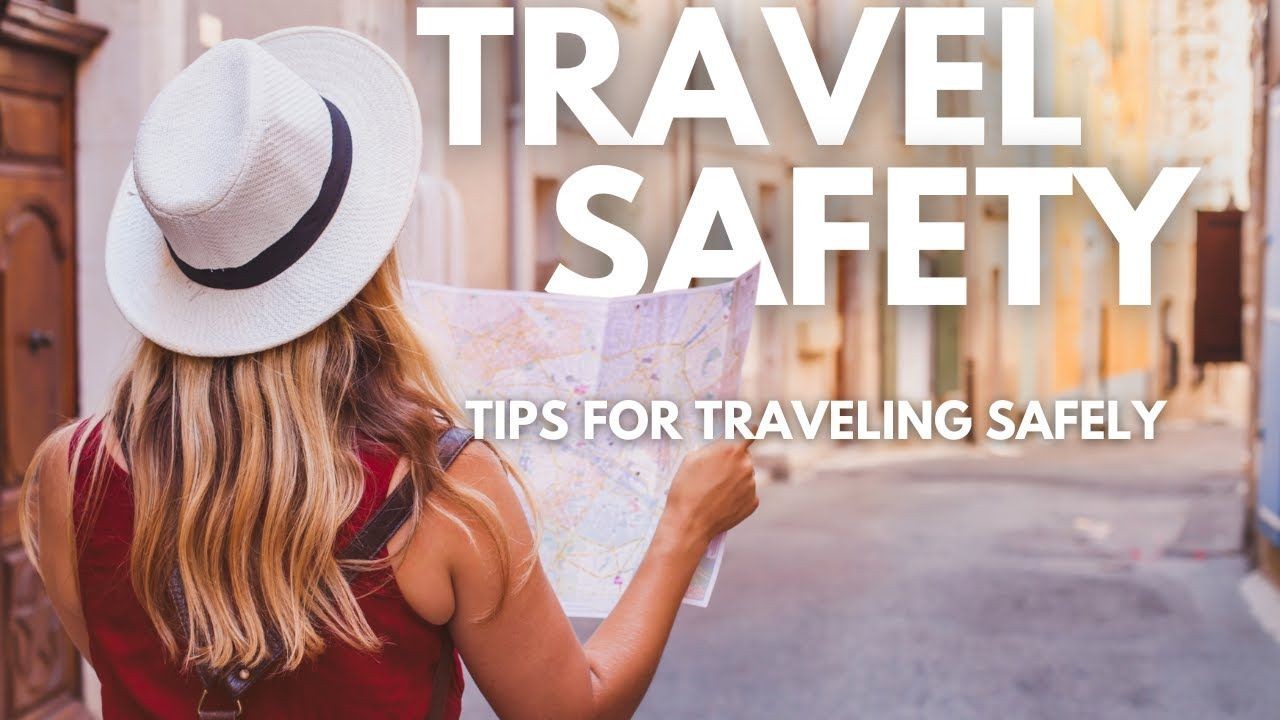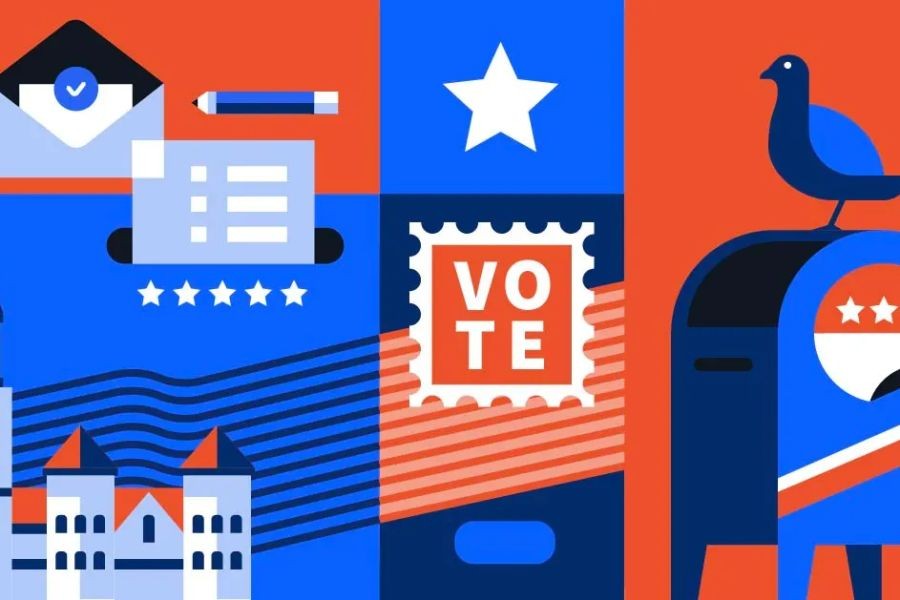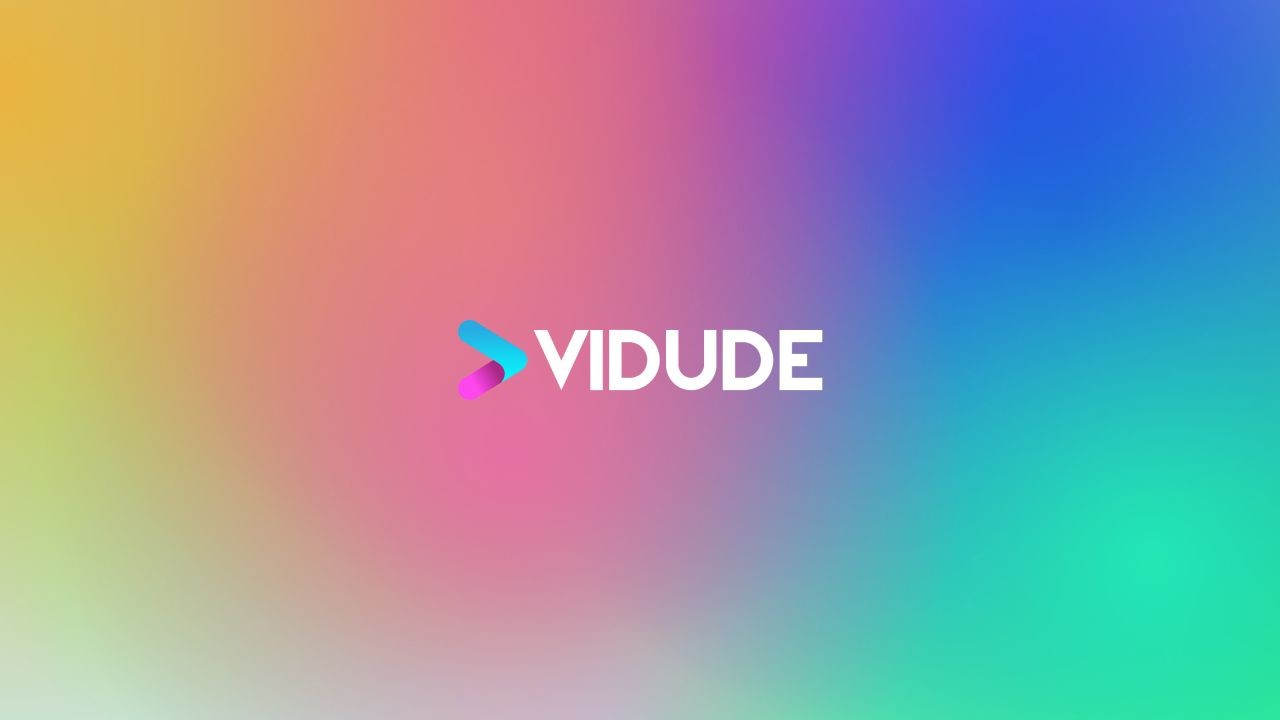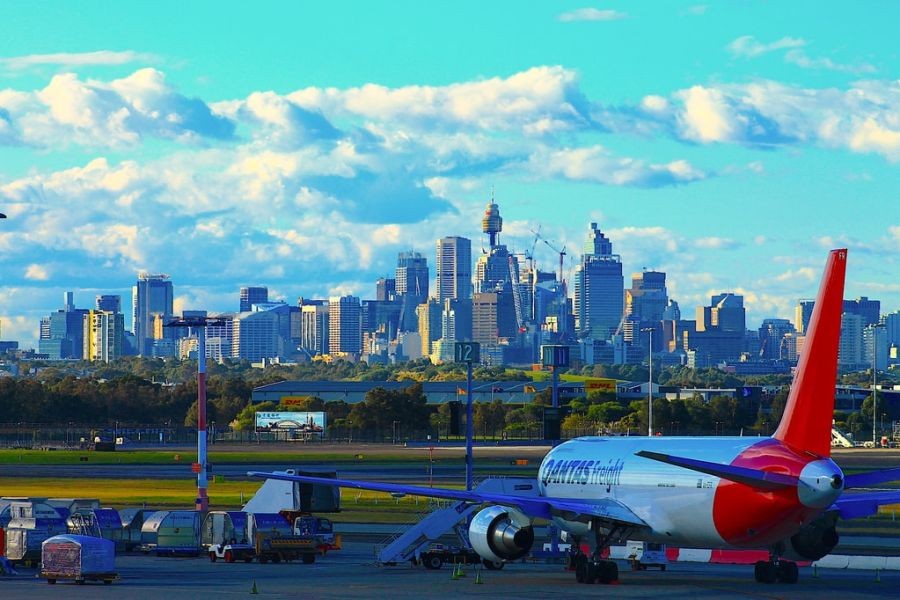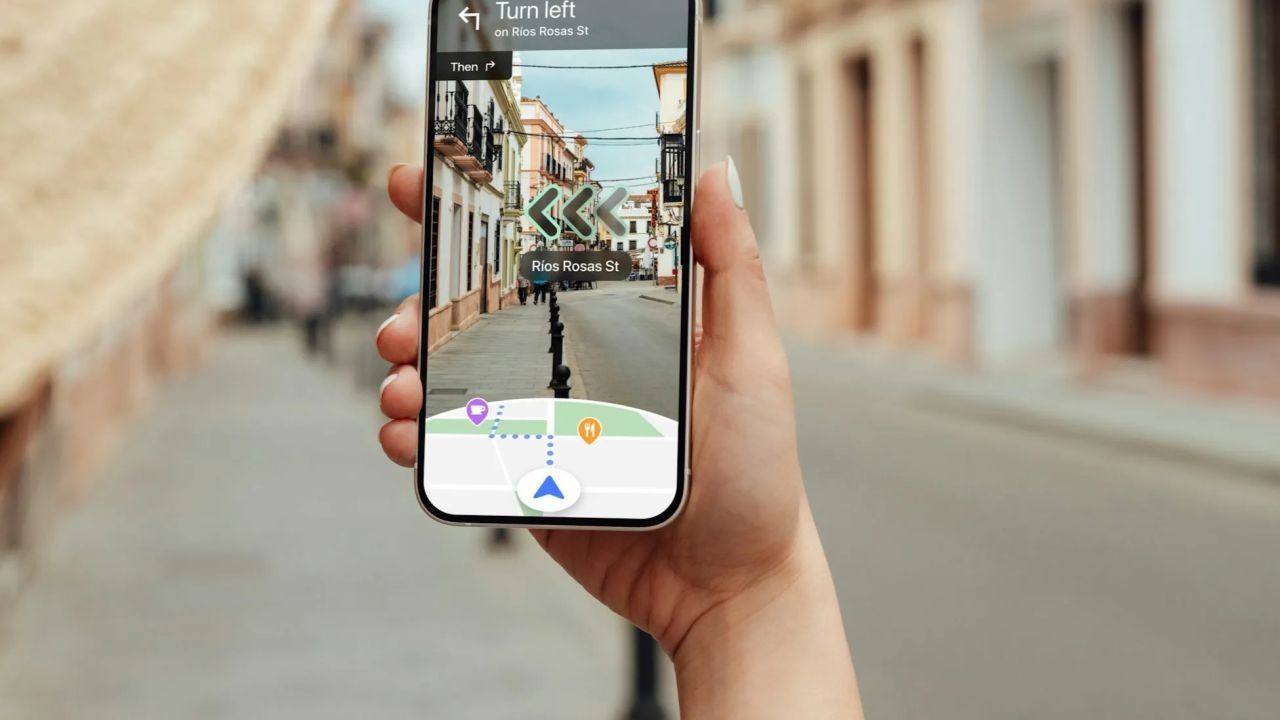Introduction
Imagine living in a country known for its stunning landscapes and vibrant culture, yet facing a significant barrier when it comes to accessing affordable medications. This is a reality for many New Zealanders who navigate the complexities of healthcare costs. In a nation where healthcare is largely publicly funded, the cost of medications remains a critical issue. According to a 2022 report by Stats NZ, households spend approximately 10% of their income on healthcare, which includes out-of-pocket expenses for prescriptions. This article explores actionable strategies for accessing affordable medications in New Zealand, providing insights into the policies and economic factors that shape this landscape.
New Zealand’s healthcare system is often praised for its efficiency, but the cost of medications can be a financial burden. Despite government efforts to subsidize healthcare, many Kiwis still struggle with the high cost of prescriptions. With the rising cost of living, understanding how to access affordable medications is crucial for maintaining public health and financial stability. This article dives deep into the issue, offering practical solutions and expert insights that can help New Zealanders manage medication expenses better.
Case Study: Pharmac – The Backbone of Affordable Medications in New Zealand
Problem:
Pharmac, New Zealand’s Pharmaceutical Management Agency, was established to ensure that New Zealanders have access to a wide range of medicines at a reasonable cost. Before its establishment in 1993, medication costs were steadily increasing, placing a heavy burden on public health funding and individual finances.
Action:
Pharmac employs a unique model of negotiating drug prices directly with pharmaceutical companies, leveraging bulk buying to secure lower costs. This centralized approach allows Pharmac to maintain a comprehensive list of subsidized medicines, ensuring that essential drugs are available to all New Zealanders at minimal or no cost.
Result:
As a result of Pharmac’s strategies, New Zealand has managed to keep its medication prices among the lowest in the developed world. For example, a common cholesterol-lowering drug that costs over $100 in the United States can be purchased for less than $5 in New Zealand. Pharmac’s model has resulted in over 3.7 million prescriptions being filled annually at a significantly reduced cost.
Takeaway:
Pharmac’s centralized negotiation and purchasing model demonstrates the power of collective bargaining in reducing medication costs. Other countries looking to curb healthcare expenses might consider similar centralized approaches. For New Zealanders, being aware of Pharmac’s list of subsidized medicines can significantly reduce out-of-pocket expenses.
Data-Driven Report: The Impact of Economic Factors on Medication Costs
According to the Reserve Bank of New Zealand, inflation rates have been rising, affecting the overall cost of living. This economic pressure extends to healthcare, impacting the affordability of medications. Stats NZ reported that healthcare inflation rose by 3.2% in 2023, prompting concerns over the sustainability of current healthcare funding models.
To address these challenges, New Zealand’s government has increased funding for Pharmac, enabling it to expand its list of subsidized medications. However, this is only a part of the solution. Experts suggest that integrating digital health technologies could further streamline costs and improve access.
Pros and Cons of Current Medication Access Strategies
Pros:
- Cost Efficiency: Pharmac’s negotiation strategy ensures medications are affordable.
- Wide Access: The subsidized medicines list covers a broad spectrum of health needs.
- Equity: Ensures all New Zealanders have access to essential medications.
Cons:
- Limited Choices: Some newer medications may not be subsidized, limiting options for patients.
- Delays in Access: Negotiations can result in delays in accessing the latest drugs.
- Budget Constraints: Pharmac’s budget limits the number of drugs that can be subsidized.
Common Myths and Mistakes
Myth: All medications in New Zealand are free.
Reality: While many essential medications are subsidized, not all are free. Patients often pay a co-payment, especially for non-subsidized drugs.
Myth: Pharmac covers every new drug.
Reality: Pharmac evaluates drugs based on cost-effectiveness and health benefits, which means not every new drug is automatically covered.
Myth: Only low-income individuals benefit from subsidies.
Reality: The subsidized medicines list is available to all residents, regardless of income.
Future Trends and Predictions in Medication Access
Looking ahead, digital health innovations are expected to play a significant role in enhancing medication access and affordability. A report from NZTech predicts that by 2030, telehealth services will be integrated with prescription management systems, allowing for more efficient drug distribution. This could reduce costs further by minimizing logistical expenses and ensuring timely access to medications.
Additionally, there is a growing trend towards personalized medicine, which tailor-fits treatment based on individual genetic profiles. This approach has the potential to improve treatment outcomes but may also raise ethical and cost considerations. As New Zealand continues to invest in healthcare technology, these advancements could redefine medication access in the coming years.
Final Takeaways
- Stay Informed: Regularly check Pharmac’s subsidized medicines list to ensure you’re accessing the most affordable options.
- Advocate for Innovation: Support initiatives that integrate digital health technologies to streamline medication access.
- Engage Politically: Participate in discussions about healthcare funding to influence policy decisions.
- Plan Financially: Consider health insurance plans that cover non-subsidized medications.
In conclusion, accessing affordable medications in New Zealand involves understanding the healthcare system, staying informed about available subsidies, and supporting innovations that can enhance access. As healthcare costs continue to rise, these strategies will be crucial for maintaining public health and financial wellbeing. What steps are you taking to ensure access to affordable medications? Share your thoughts with us!
People Also Ask (FAQ)
How does Pharmac impact medication costs in New Zealand?
Pharmac negotiates directly with pharmaceutical companies, securing lower prices through bulk buying, thus making medications more affordable for New Zealanders.
What are the biggest misconceptions about medication costs in New Zealand?
A common myth is that all medications are free. In reality, while many are subsidized, some require patient co-payments.
What upcoming changes could affect medication access in New Zealand?
By 2030, digital health technologies like telehealth are expected to enhance medication access, potentially reducing costs and improving distribution efficiency.
Related Search Queries
- New Zealand healthcare system overview
- Pharmac subsidized medications list
- How to reduce prescription costs NZ
- Impact of digital health in New Zealand
- Future of personalized medicine in NZ












